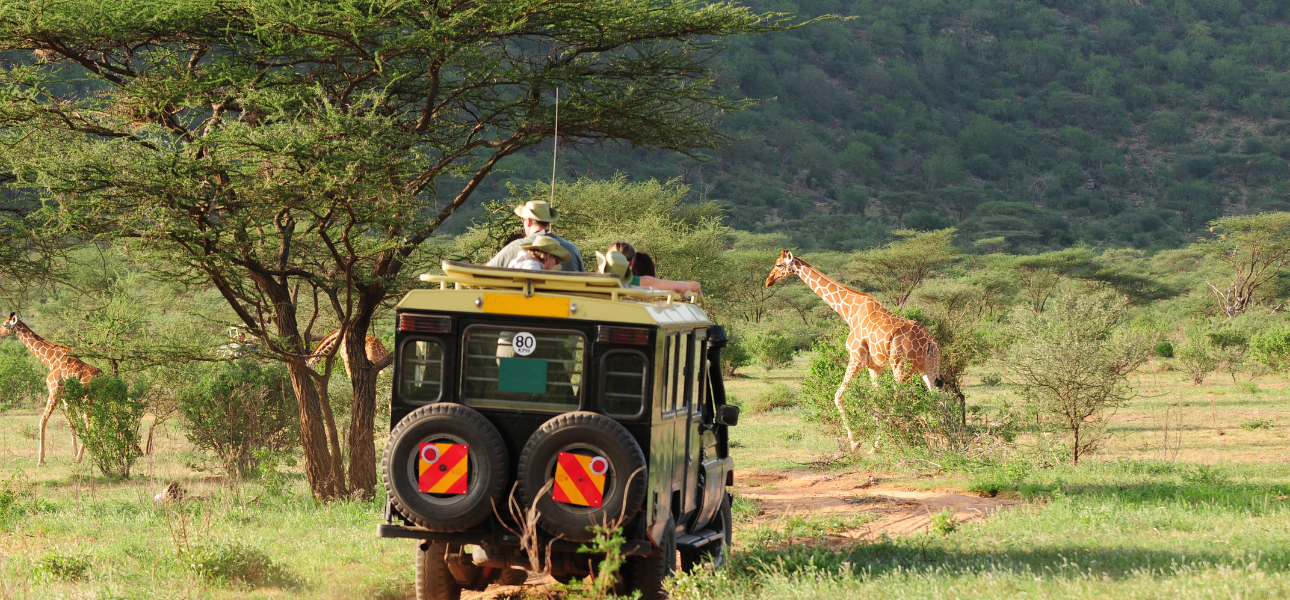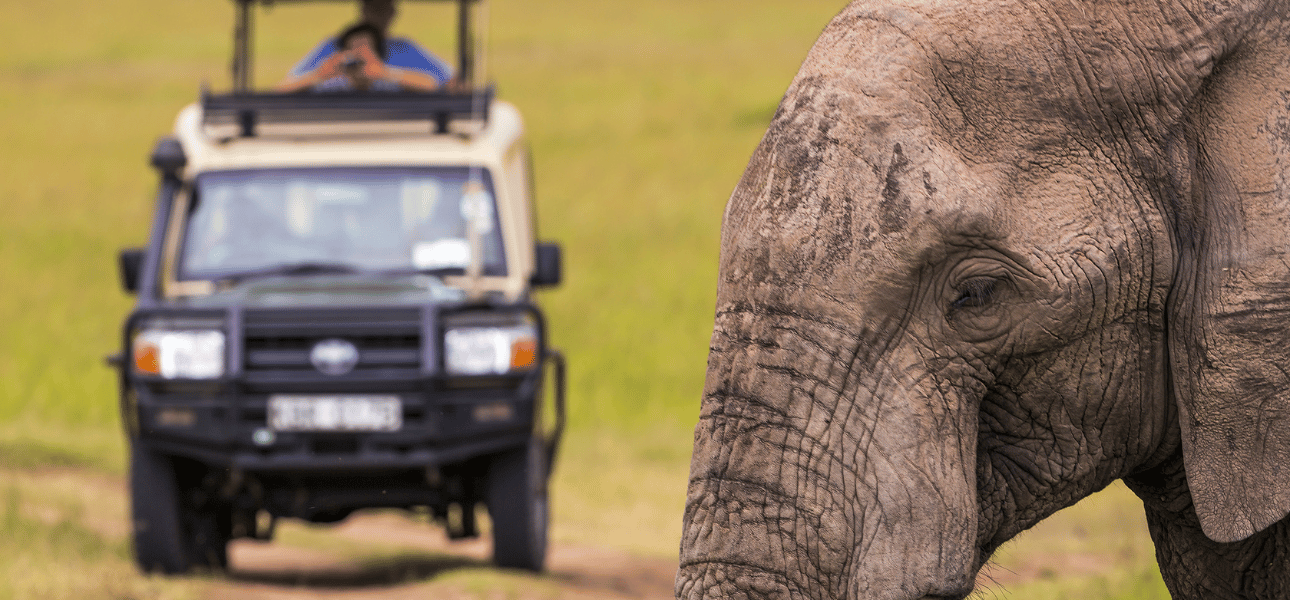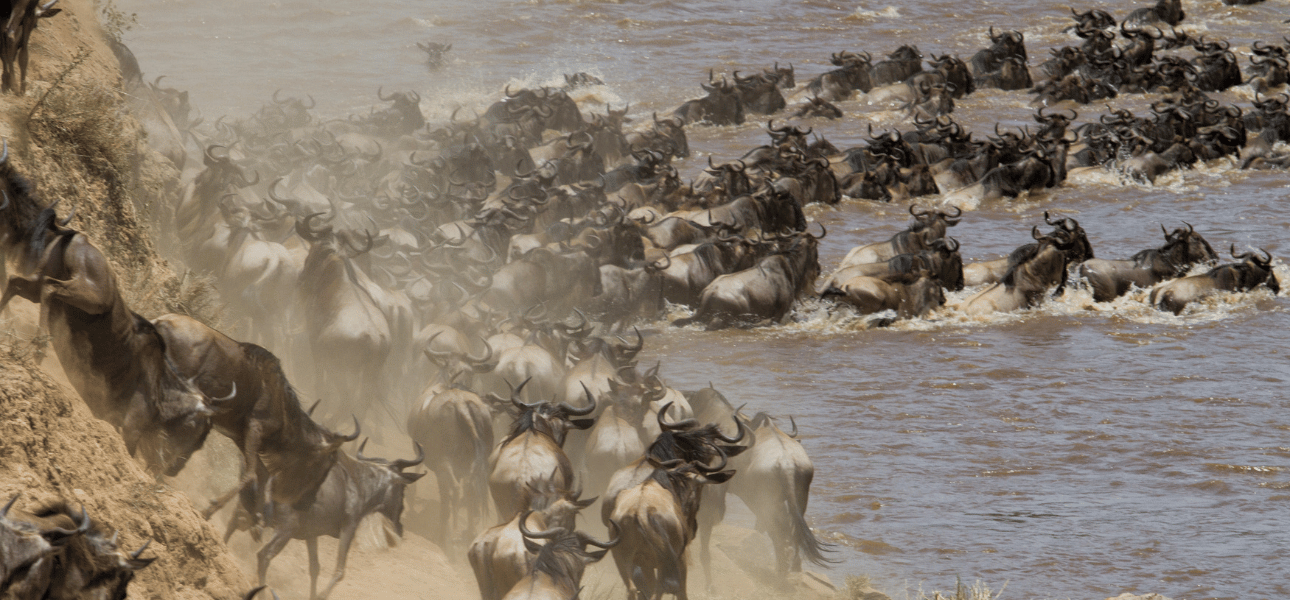Beginner's Guide to Safari: Essential Tips for Your First Trip

The allure of the African safari – the rumbling jeep, the vast savannas teeming with wildlife, the breathtaking sunsets – is undeniable. It's an adventure etched in the collective imagination, promising encounters with iconic creatures and a profound connection with nature. But for first-timers, the prospect of planning a safari can be daunting. Fear not! This comprehensive guide equips you with essential tips to ensure your first safari is an unforgettable experience.
Planning Your Dream Safari
-
Destination: Africa boasts a plethora of safari destinations, each with unique landscapes and wildlife. Popular choices include Kenya's Masai Mara, renowned for its Great Migration; South Africa's Kruger National Park, with its incredible biodiversity; and Tanzania's Serengeti National Park, home to vast plains and iconic predators. Research each location to find one that aligns with your interests, be it spotting the Big Five (lion, elephant, leopard, rhino, and buffalo) or witnessing specific species like gorillas or chimpanzees.
-
Time of Year: Consider the seasons when choosing your travel dates. The dry season (generally June to October) offers clearer skies, easier wildlife viewing with sparse vegetation, and minimal chance of rain. However, it's also peak season with higher prices and larger crowds. The wet season (roughly November to May) boasts lush landscapes, fewer crowds, and potentially lower prices, but wildlife viewing can be trickier due to thicker vegetation and unpredictable weather.
-
Safari Style: Safaris come in various styles to suit different budgets and preferences. Luxury tented camps offer opulent accommodations amidst the wilderness, while budget-friendly lodges provide comfortable facilities with shared amenities. Consider guided group tours for a social experience or private tours for a more personalized itinerary.
Packing for the African Bush
-
Clothing: Neutral colors like khaki, beige, and olive green are ideal – they blend into the environment and don't attract unwanted insects. Pack for layering, as temperatures can vary significantly between day and night. Opt for long, lightweight, breathable clothing to protect yourself from the sun and insects. Sturdy closed-toe shoes are essential for walking safaris, while sandals are perfect for relaxing at camp. Don't forget a hat with a brim and sunglasses for sun protection.
-
Camera Gear: Capture those once-in-a-lifetime moments! A DSLR camera with a good zoom lens is ideal for wildlife photography. Consider a beanbag for camera support on the jeep. Pack extra batteries, memory cards, and a lens cleaning cloth. Binoculars enhance your wildlife viewing experience, allowing you to observe animals in detail. Check out our blog ,Photography in the Wild: Capturing Uganda’s Natural Beauty Through the Lens , for more details.
-
Essentials: Pack a reusable water bottle to stay hydrated throughout the day. Insect repellent with a high DEET content is crucial to ward off mosquitoes and other insects. Sunscreen and a lip balm with SPF are essential for sun protection. A headlamp is handy for navigating the camp at night, and a small first-aid kit is always a good idea.
Safari Etiquette and Safety
-
Respect the Wildlife: Animals are wild, and their behavior is unpredictable. Always maintain a safe distance as instructed by your guide. Avoid loud noises or sudden movements that could startle the animals. Refrain from feeding the animals, as it disrupts their natural feeding patterns.
-
Listen to Your Guide: Your experienced guide is there to ensure your safety and maximize your wildlife viewing experience. Follow their instructions regarding vehicle movement, photography, and animal interaction. They have a wealth of knowledge about the local ecosystem and can answer your questions.
-
Minimize Your Impact: Safaris are an excellent way to connect with nature, but it's vital to be a responsible traveler. Dispose of trash properly and avoid littering. Respect the delicate environment by following designated paths and refraining from picking plants or disturbing wildlife habitats.
Making the Most of Your Safari Experience
-
Embrace the Early Mornings: The best time to spot wildlife is often at dawn and dusk when animals are most active. Rise early for game drives and enjoy the magical atmosphere of the African sunrise. The golden light creates stunning photographic opportunities.
-
Silence is Golden: While it's natural to be excited about the sightings, maintaining some quiet during game drives allows you to observe animal behavior more naturally. The sounds of the bush are fascinating – listen for bird calls, animal bellows, and the rustle of leaves in the wind.
-
Ask Questions: Your guide is a wealth of information about the local wildlife, flora, and conservation efforts. Don't hesitate to ask questions – the more you learn, the deeper your appreciation for the African bush will be.
-
Be Present in the Moment: Put away your phone for the most part and immerse yourself in the experience. Savor the fresh air, the breathtaking landscapes, and the thrill of encountering wild animals in their natural habitat.
In conclusion, embarking on an African safari is much more than a trip; it's a profound journey into the heart of nature. Each element, from the strategic planning of destinations and times to the thoughtful packing and respectful safari conduct, enriches your experience. Remember, the success of your safari adventure hinges on your preparedness and the depth of your engagement with the environment. As you traverse the majestic landscapes and encounter the spellbinding wildlife of Africa, let your senses guide you and your spirit be open to the wonders of the natural world. So, gear up, set forth with an open heart, and let Africa change you forever. This is not just a vacation—it's an extraordinary expedition into life, nature, and the sublime serenity of the African wilderness. Make every moment count, and take home memories that will last a lifetime. Safe travels, and may your first safari ignite a lifelong passion for these spectacular ecosystems.

Pande Nabende
Related content
Interdum et malesuada fames






